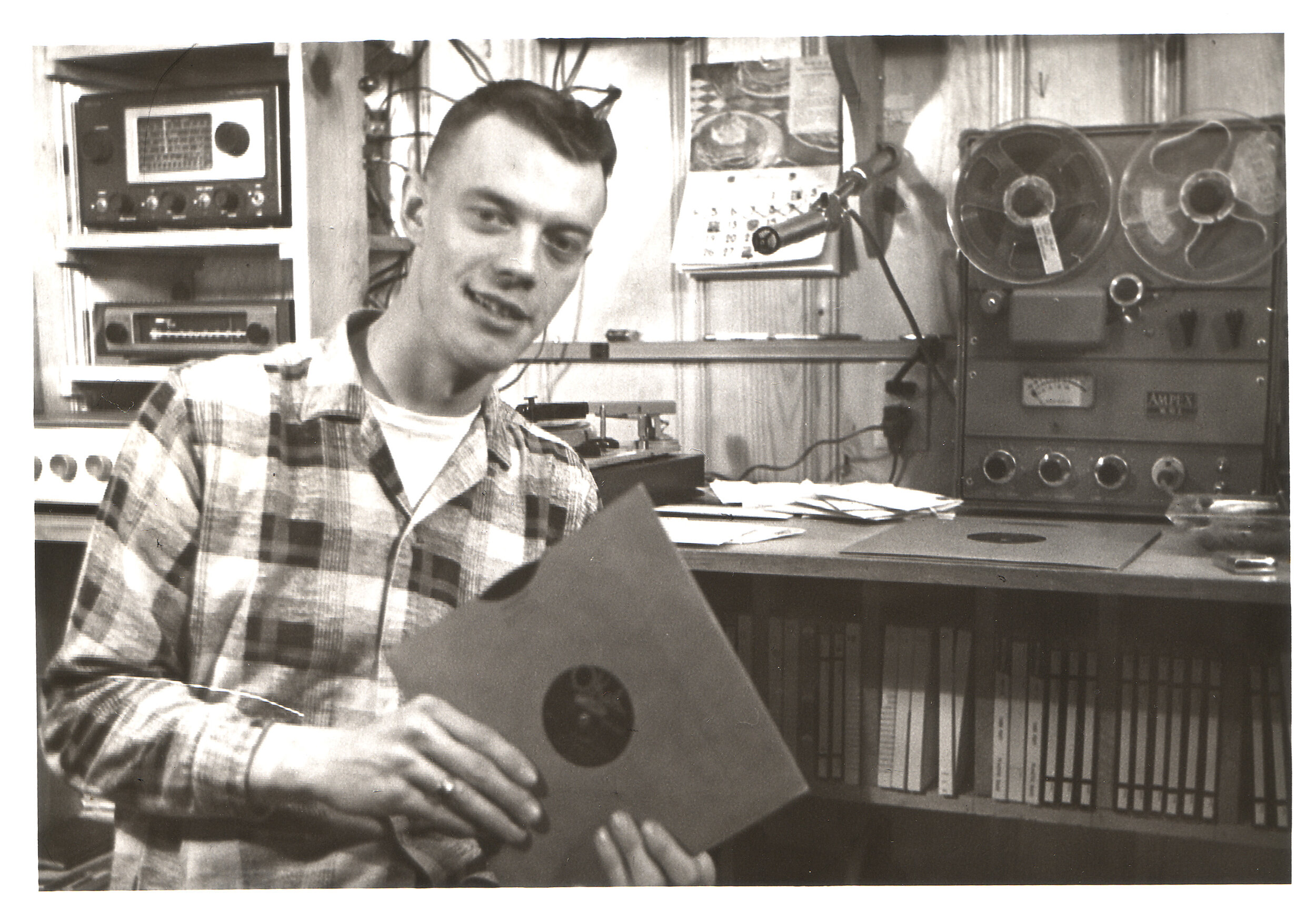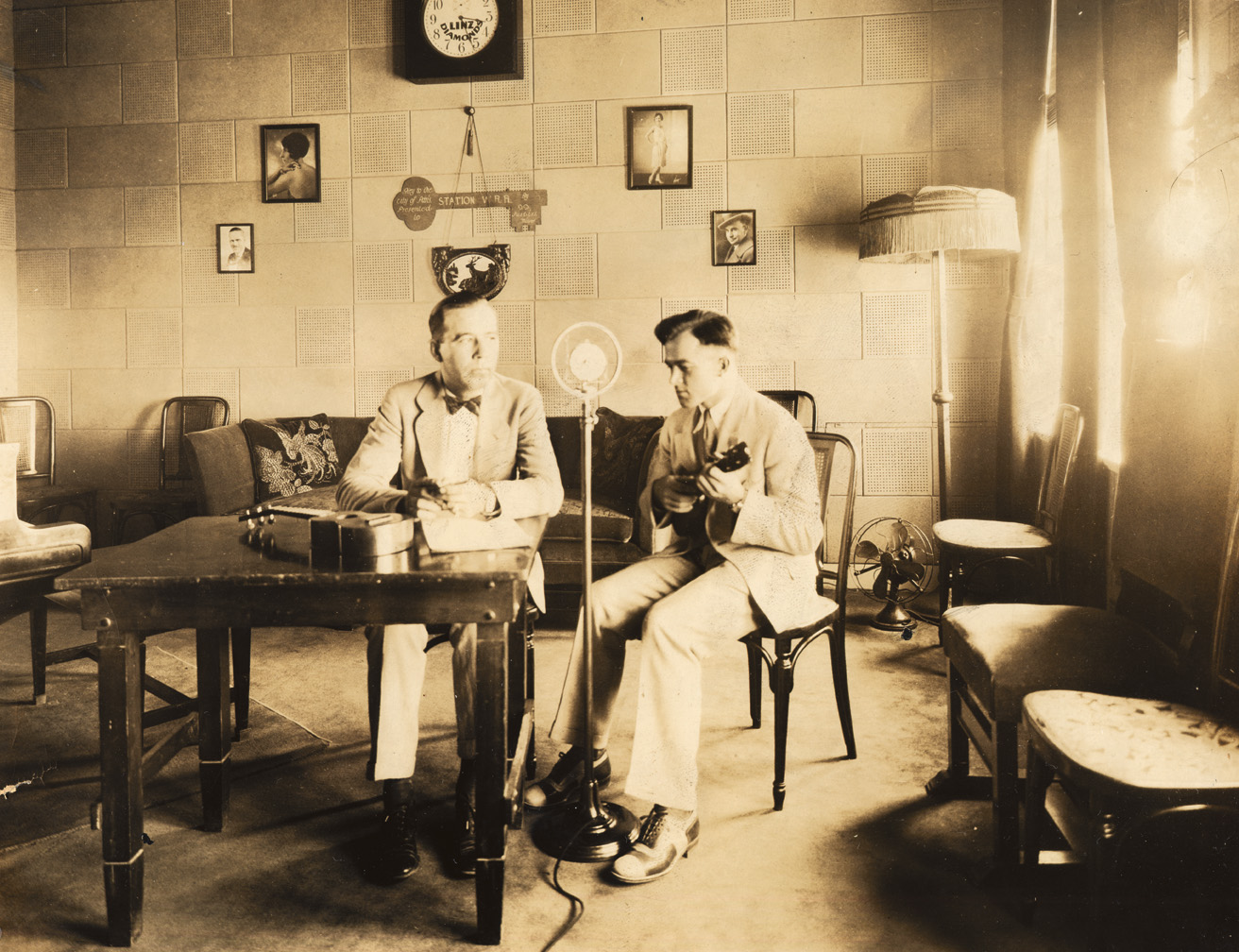
Music Memory is a non-profit organization dedicated to the preservation of recorded music of all types & genres.
We are continuing the work started by the collectors and researchers in the 1950s and ’60s. We share their passion to keep the history of our musical heritage from being forgotten and are committed to preventing that from happening.
Our goal is to build a database complete with audio, discographical information, artist and composer biographies, song lyrics and notation. Our hope for this database is that it will serve as a musical Rosetta Stone for future generations by showing the links and cross-influences of the many musical styles captured on phonograph records in the first half of the 20th century. While the database is being constructed, we have been able to supply digital recordings to discographers, writers, and publishers such as Bear Family, Dust-to-Digital, Omnivore, and Oxford American.
If you would like to find out how you could be of assistance to our mission, please send us a message.
WE HAVE DIGITIZED MORE THAN 50,000 RECORDINGS FROM SOME OF THE WORLD’S MOST PROMINENT PRIVATE COLLECTIONS.

THE MUSIC
In many ways, the era from 1925 to 1950 represents the Golden Age of roots music. It was during these years that the rich, vibrant tradition of folk music made its way onto the new mass media of radio and records. This was the age when far-sighted collectors and ambitious commercial record companies began preserving parts of this vast, complicated heritage, and helped spread it around the world, where it stimulated many of the great genres of pop: jazz, blues, gospel, western swing, rockabilly, rhythm and blues, and rock and roll.
These fragile 78 RPM records, produced in an age before tape, before mixing, before multiple microphones, often in makeshift studios, carried the message of this powerful music into coal camps, railroad yards, juke joints, small town barber shops, the porches of thousands of farm houses and company towns — wherever people could grab a few moments of rest from their work and relax to the sounds of a music that was uniquely theirs.

THE COLLECTORS
Joe Bussard pictured above.
Over the years, most 78 RPM records were worn out, broken, thrown away, made into ashtrays, used as target practice for local carnival ball-throwing contests, plowed into landfills, or donated to scrap shellac drives during World War II. Today, not one household in a hundred even has an old-fashioned Victrola that can even play the discs.
Yet a handful of collectors and scholars sensed the importance of this culture, and sought to act before it was too late; they began collecting the old 78s, cleaning them, figuring out the best way to get the best sound from them, trading them with other collectors, learning what they could about the names on the labels. On a 78, the listener received no liner notes on recording information as he or she does today: you got a name (which might well be a pseudonym) and a song title (which might not be the one the artist gave to them). To establish a social and musical context for these records, you had to do painstaking research — not only in old company files, but actually beating the bushes in towns from which the musicians came.
MAKE A TAX-DEDUCTIBLE DONATION TODAY TO HELP SUPPORT OUR WORK.
In July 2011, Music Memory’s application for tax exempt status was granted by the Internal Revenue Service. Music Memory is exempt from Federal income tax under section 501(c)(3) of the Internal Revenue Code. Contributions to Music Memory are deductible under section 170 of the Code.






